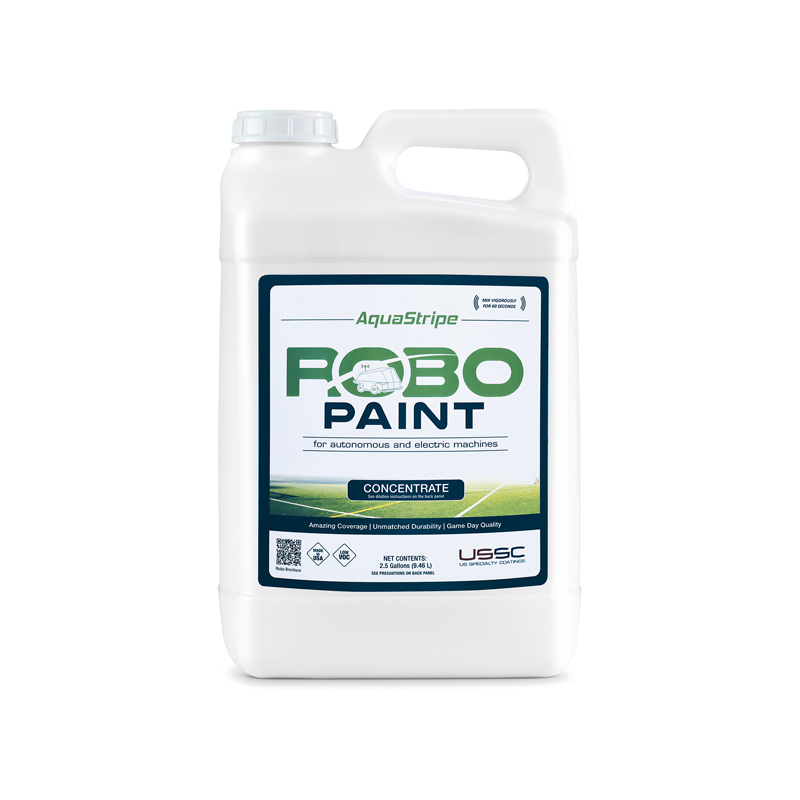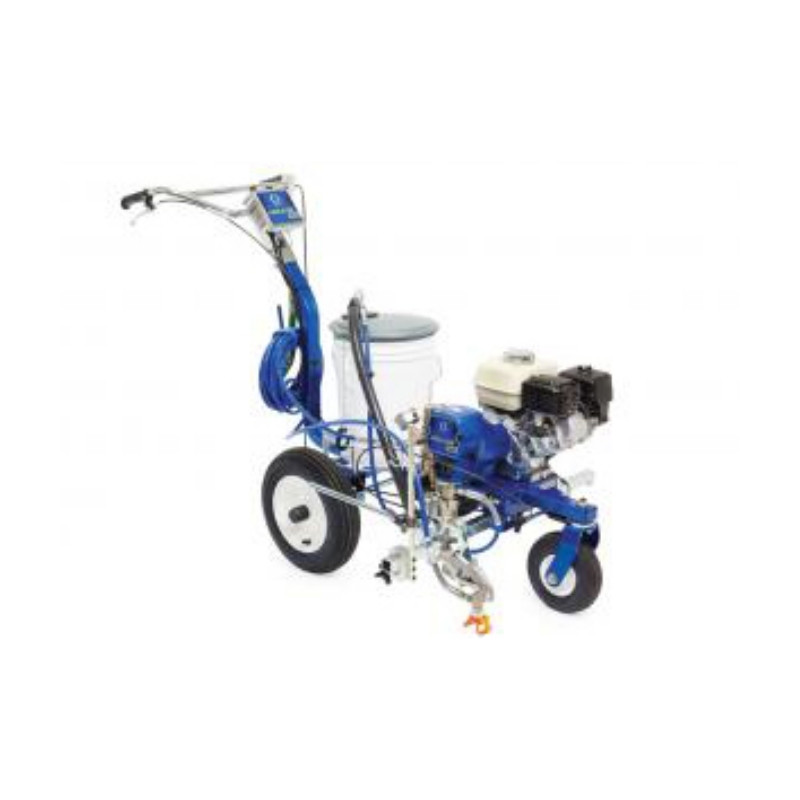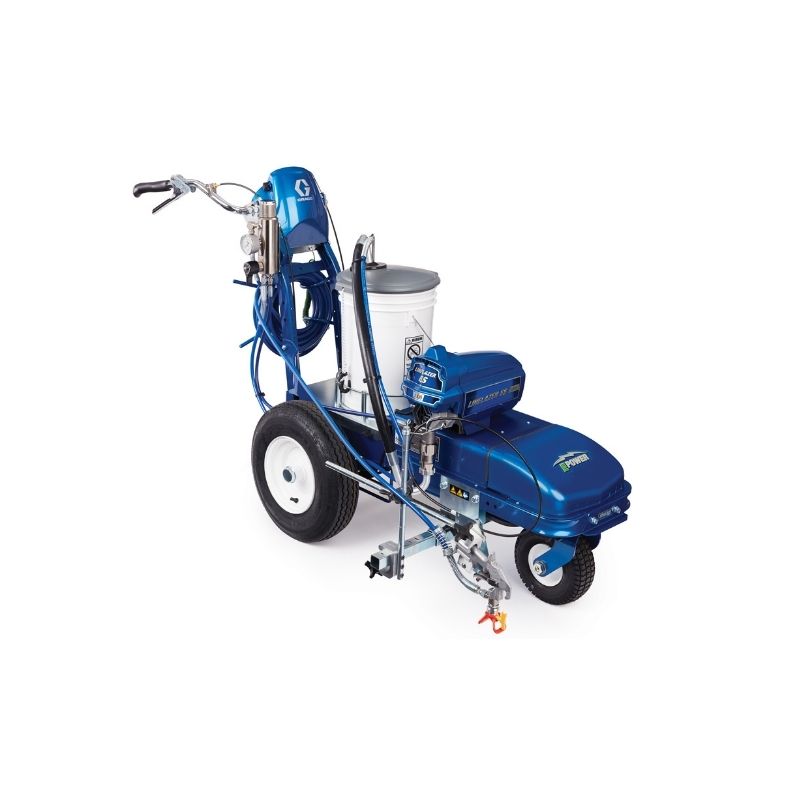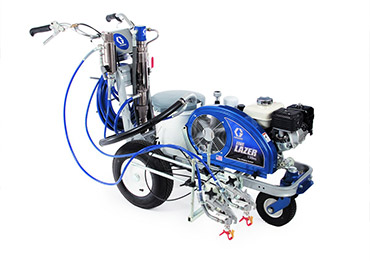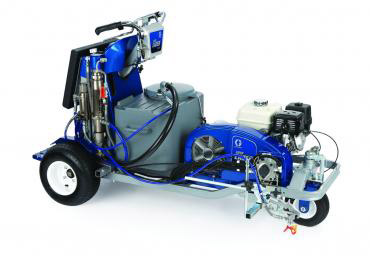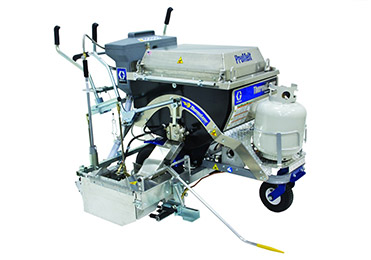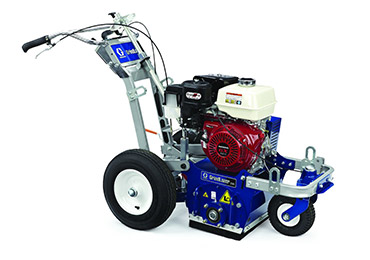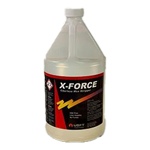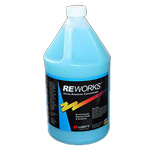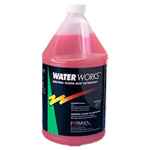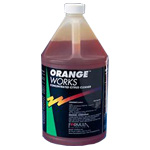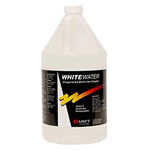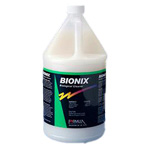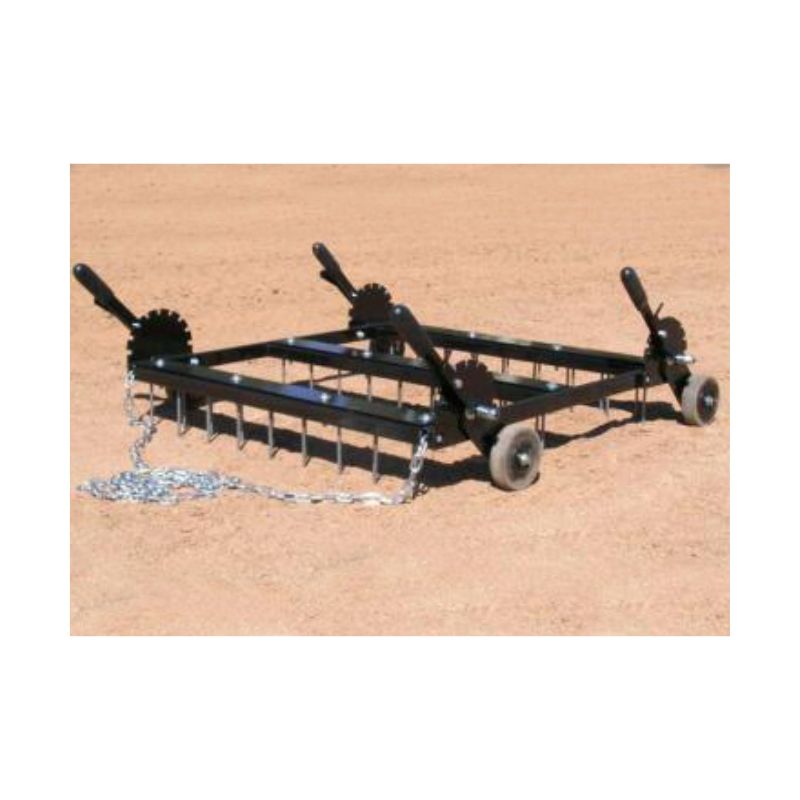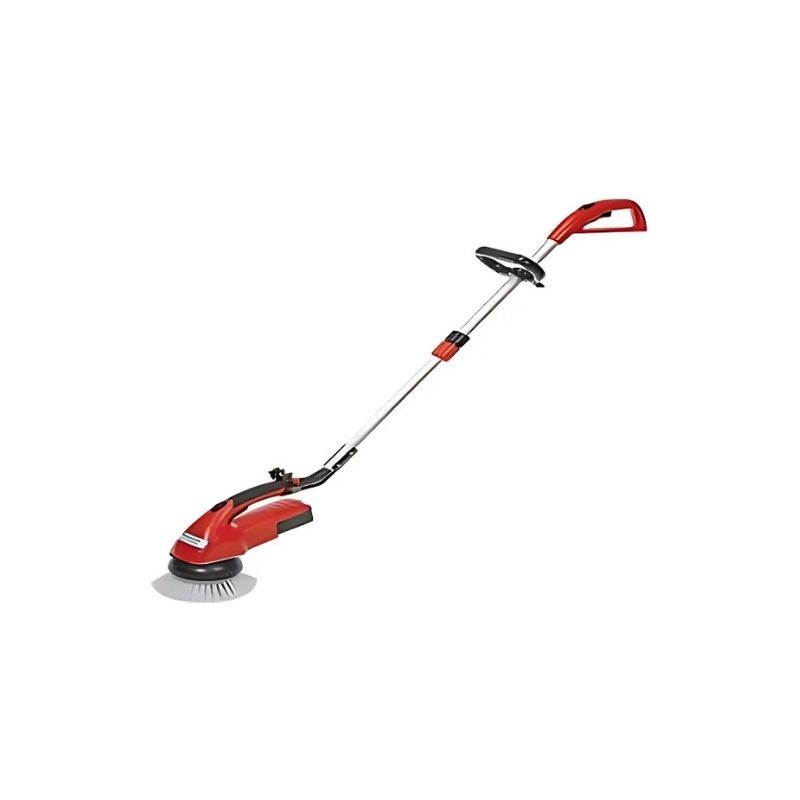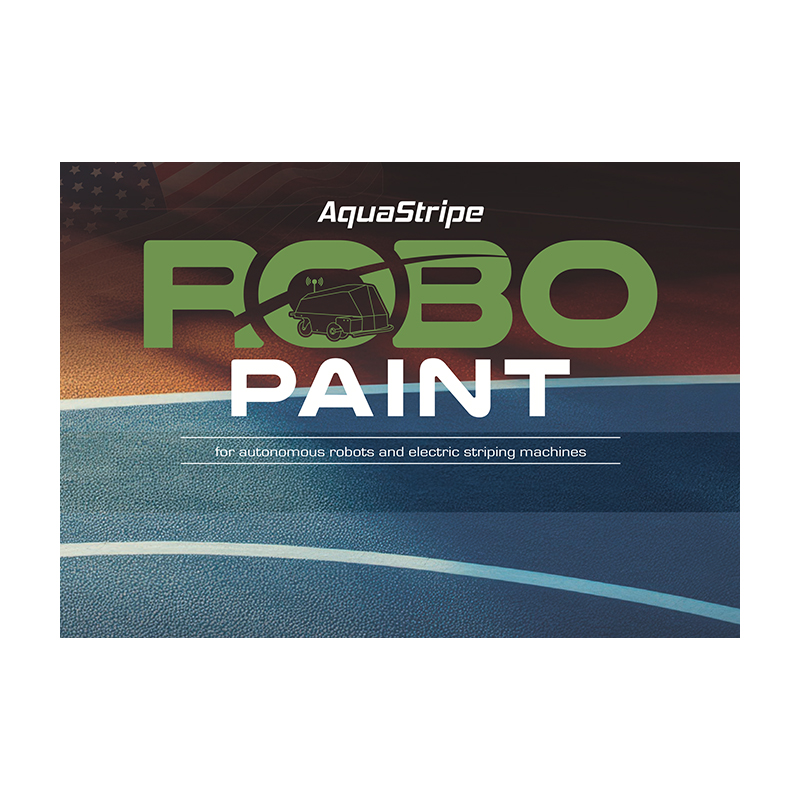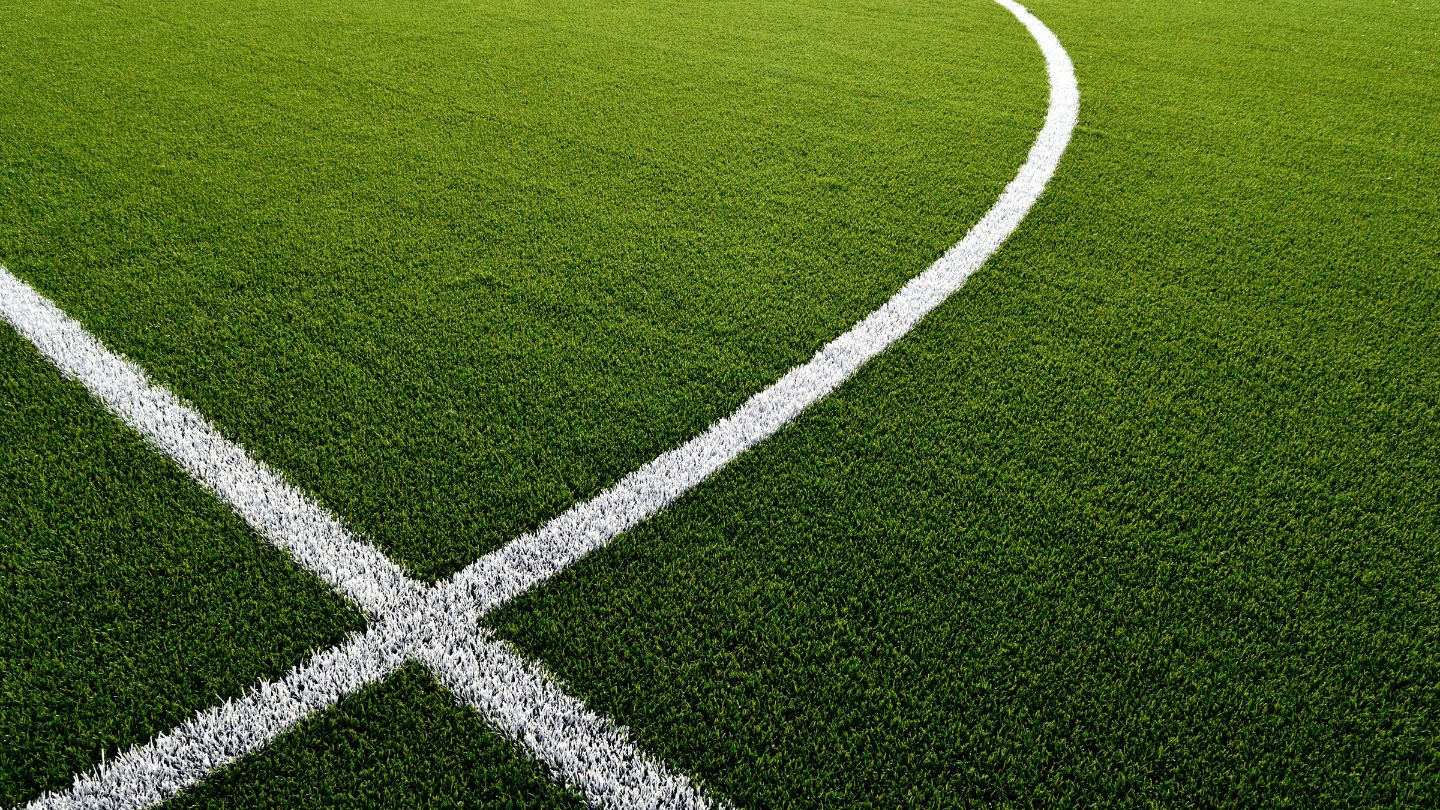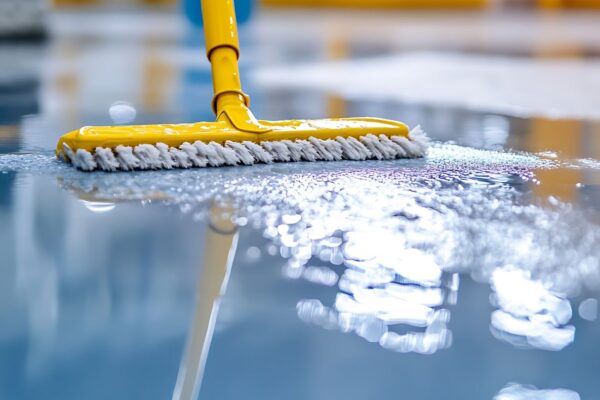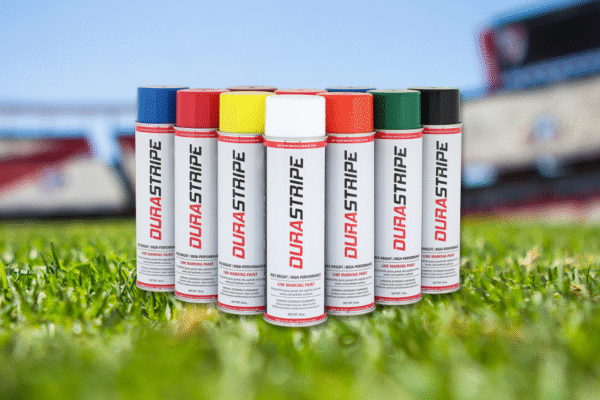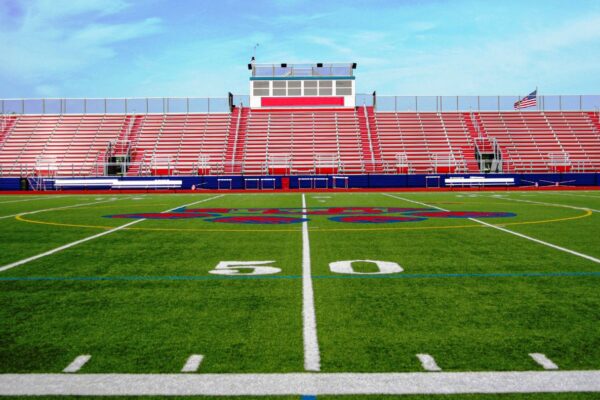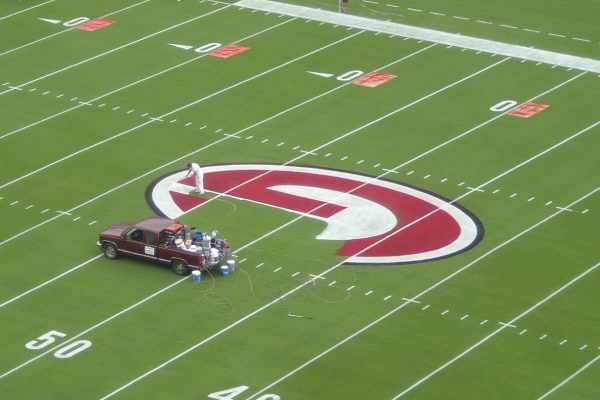Using Turf Colorants for Visual Enhancement and Seasonal Maintenance
Using turf colorants for visual enhancement and seasonal maintenance keeps your lawn or golf course green and vibrant all year round. Turf colorants replace the need for overseeding, saving time and resources. This blog covers the benefits, types, application techniques, and seasonal tips for using turf colorants effectively.
Key Takeaways
- Turf colorants enhance grass aesthetics, reduce water usage, and eliminate the need for overseeding, making them ideal for maintaining visual appeal in dormant or stressed turf.
- Different types of turf colorants, such as paints, pigments, and dyes, serve specific purposes based on their binder content, affecting their application methods and longevity.
- Successful application of turf colorants requires careful timing and adherence to guidelines to ensure effective coverage, compatibility with other products, and lasting results.
Understanding Turf Colorants and Their Benefits
Turf colorants are specialized products designed to enhance the visual appeal of grass by providing a vibrant green color even during periods of dormancy or stress. Benefits of applying turf colorants include:
- Replacing the need for overseeding, which is a traditional method requiring significant time and resources
- Resulting in a lush green appearance
- Reducing water usage
- Increasing soil temperatures, which promote rapid spring green-up
Turf colorants, including turf paint and pigments, offer numerous benefits beyond just aesthetics. For instance, using turf paints can help reduce water loss and the need for irrigation, making them an eco-friendly choice. Golf course superintendents, in particular, find these products invaluable as they face challenges with seasonal transitions and maintaining visual appeal. Turf colorants offer a practical solution by providing consistent color and enhancing turf health year-round. Painting can also play a role in achieving the desired appearance.
Moreover, one of the standout benefits of turf colorants is their ability to provide a vibrant, natural green color that stands out in aerial photos. This is especially beneficial during high-visibility events such as golf tournaments, where the visual quality of the turf can significantly impact the overall experience.
Types of Turf Colorants: Paints, Pigments, and Dyes
Turf colorants are generally categorized into three main types:
- Paints: Typically contain 10 to 40 percent binder, providing significant opacity and longer-lasting color, making them ideal for dormant turf.
- Pigments: Contain minimal binder, which impacts their opacity and application rates.
- Dyes: (Not further described in the text)
The difference among these types is largely based on their binder content and their specific applications.
Dyes, the third type, are water-soluble and mainly used as indicators rather than for providing significant opacity. Due to their lower binder content, pigments are effective for short-term applications on actively growing turf but tend to last only one to two weeks. In contrast, higher binder turf paints can maintain color on dormant grass for extended periods, making them suitable for winter months.
Understanding the specific uses and longevity of each type of turf colorant is crucial for achieving the desired results. For example, while paints are ideal for providing lasting color to dormant turf, pigments are better suited for quick touch-ups on actively growing grass. Selecting the right type of colorant based on your turf’s condition and your goals will ensure optimal outcomes.
Application Timing for Optimal Results
The timing of applying turf colorants is critical to achieving the best results. Key points to consider include:
- Turf colorants are commonly used during shoulder seasons and periods of dormancy to maintain visual quality.
- For golf courses, the optimal time to apply turf pigments is before full dormancy sets in.
- Application should occur when there are signs of chlorosis, particularly during seasonal transitions.
- This preemptive application helps maintain a consistent green appearance.
Acrylic-based turf colorants offer several benefits and application guidelines:
- Can be applied to dormant grass without causing harm.
- Provide a uniform green color that rejuvenates the look of dormant lawns instantly.
- In cooler months, certain turf colorants can enhance the surface temperature of the grass, potentially aiding in growth.
- Sequential applications every 30 to 45 days may be needed to maintain visual quality during extended dormancy.
When selecting a turf colorant, it’s crucial to consider whether the grass is dormant or actively growing. This will ensure that the right product is utilized for the intended purpose, maximizing the effectiveness of the application. By paying attention to the growth rate and environmental conditions, you can optimize the application process and achieve long-lasting results.
Enhancing Visual Appeal with Turf Colorants

Turf colorants and turfgrass colorants are a powerful tool for enhancing the visual appeal of lawns, sports fields, and golf courses without the need for overseeding. These colorants can dramatically improve the aesthetics of sports fields and golf courses, making them stand out during high-visibility events such as tournaments and games. The rich, natural green color provided by turf colorants creates an impression of well-maintained, healthy turf.
High-quality turf colorants bond with grass blades to ensure the color appears authentic and consistent. This natural look is essential for maintaining the aesthetic quality of landscapes, contributing to a vibrant green appearance that can mask unsightly patches caused by disease or nutritional deficiencies. The result is a visually appealing turf that enhances the overall experience for players and spectators alike.
The growing popularity of turf colorants is a testament to their effectiveness in providing a natural-looking color that lasts. Whether it’s for golf greens, athletic fields, or residential lawns, turf colorants offer a versatile solution for maintaining a lush green appearance all year round. By selecting the right shade and applying it correctly, you can achieve the desired color intensity and enhance the visual appeal of your turf.
Seasonal Maintenance with Turf Colorants

Seasonal maintenance of turf is crucial, and turf colorants play a significant role, especially in southern climates where outdoor activities continue into the winter months. During peak dormancy in winter, turf colorants serve as an effective alternative to overseeding, providing a consistent green appearance without the need for additional watering and mowing. This makes them a practical choice for maintaining the aesthetic quality of lawns and sports fields across seasons.
A sequential application of turf colorants may be necessary during prolonged winter dormancy to maintain visual quality. The repeated applications are typically optimal in early fall before the turf enters dormancy and in late spring before the turf fully greens up. This timing ensures that the turf maintains a vibrant green color throughout the dormant period and transitions smoothly into the growing season.
Safe and Effective Application Techniques
Applying turf colorants safely and effectively requires following specific guidelines:
- Mix 8 ounces of colorant with 1 gallon of water for optimal coverage.
- Apply colorants when temperatures are above freezing to ensure better adhesion to the turf.
- Moisture on the turf can improve the application, enhancing the coverage and overall effectiveness of the colorant.
Before applying turf colorants, consider the following steps and tips:
- Mow the grass to ensure better adherence and results.
- Allow the drying time for turf colorants, which is typically around 60 minutes but can extend up to 24 hours in high humidity.
- To minimize off-target staining, wet surrounding hard surfaces before application.
- Avoid applying turf colorants in windy conditions.
Using a handheld boom sprayer with a calibrated walking speed can help achieve the desired spray volumes and ensure even application. Following these application techniques ensures the turf colorant is applied safely and effectively, providing a consistent and natural green color. Proper preparation and adherence to guidelines will result in a visually appealing and long-lasting green turf.
Compatibility with Other Turf Products
Turf pigments can be used alongside various turf care products such as fertilizers and fungicides, demonstrating their compatibility. This compatibility allows turf managers to combine pigments with proper cultural practices to achieve optimal results. However, to avoid any issues when mixing turf pigments with other products, it is recommended to always perform a jar test.
Turf pigments are designed to avoid causing phytotoxicity, ensuring safety when applied alongside other products. This versatility makes turf pigments a valuable addition to any turf care regimen, providing both aesthetic and health benefits.
Understanding and leveraging the compatibility of turf pigments with other pigment products allows turf managers to create a comprehensive care plan that maximizes each product’s benefits. This approach ensures that the turf remains healthy and visually appealing throughout the year.
Longevity and Durability of Turf Colorants
The longevity and durability of turf colorants are influenced by various factors, including:
- Mowing habits, especially frequent mowing and rapid grass growth
- Water usage, including rainfall and irrigation
- Growth rates of the grass
- Environmental conditions
Frequent mowing, particularly if the grass grows rapidly, can have detrimental effects on the lifespan of turf colorants. Similarly, the amount of rainfall and irrigation affects how long the colorants remain visible on the turf.
Environmental conditions and the initial state of the turf also play a significant role in the performance and durability of colorants. For instance, higher binder content in colorants tends to last longer on dormant grass compared to low-binder pigments. Therefore, selecting the right type of colorant based on the specific conditions and needs of your turf is crucial for achieving long-lasting results.
Considering these factors and choosing the appropriate turf colorants ensures your turf maintains a vibrant and natural green color for an extended period. This not only enhances the visual appeal but also reduces the need for frequent reapplications, making it a cost-effective solution.
Cost-Effectiveness of Using Turf Colorants
Turf colorants have become increasingly popular for their cost-effectiveness in maintaining a green look, especially during dormancy or drought. By using turf colorants, homeowners and turf managers can significantly reduce water consumption, helping to conserve resources while maintaining a lush appearance. This reduction in water usage leads to substantial water savings, as the need for frequent irrigation is minimized.
Moreover, turf colorants offer several advantages:
- They can lower the requirement for fertilizers, contributing to decreased input costs.
- Their application is generally more affordable than traditional overseeding methods.
- They provide a practical and economical choice for maintaining green turf, as supported by turfgrass science.
Overall, using turf colorants results in much lower costs compared to traditional lawn care.
Using turf colorants achieves a reliable green-up in spring, promoting healthier grass growth as temperatures warm. This cost-effective approach not only saves money but also ensures that your turf remains visually appealing and healthy year-round.
Choosing the Right Turf Colorant for Your Needs

Choosing the right turf colorant for your specific needs is crucial for achieving the desired results. Different grass types may require specific colorants. Understanding the specific requirements of your grass type will help you select the most suitable product.
Customization in color preference is also important, as users may prefer varying shades of green. This preference can influence their choice of turf colorants, allowing them to achieve the desired color intensity and appearance. Selecting a colorant that matches your aesthetic goals and the needs of your specific grass type ensures optimal results.
Considering these factors and choosing the appropriate turf colorant ensures a vibrant, natural-looking green turf that enhances the visual appeal and health of your lawn or field. This thoughtful approach to selecting turf colorants will help you maintain a lush and attractive turf year-round.
Final Thoughts on Turf Colorants and Seasonal Care
Incorporating turf colorants into your seasonal maintenance strategy provides a visually appealing and cost-effective solution for enhancing green spaces year-round. Whether compensating for dormant grass or correcting discoloration, these products offer consistent results without the need for excessive water or fertilizer. As an eco-friendly and aesthetic upgrade, they’re a smart addition to modern landscape management.
At US Specialty Coatings, we offer premium grass colorants landscape dyes that are engineered for superior performance and long-lasting vibrancy. If you’re ready to elevate the visual quality of your turf and streamline seasonal upkeep, explore our selection of advanced colorants tailored for sports fields, golf courses, and residential lawns. Let us help you keep your landscape looking its best in every season.
Frequently Asked Questions
What are the main types of turf colorants?
The main types of turf colorants are paints, pigments, and dyes. Each type serves different purposes, with paints for long-lasting color on dormant turf, pigments for short-term use on growing grass, and dyes primarily as indicators.
When is the best time to apply turf colorants?
The best time to apply turf colorants is during the shoulder seasons and periods of dormancy, particularly before full dormancy and when signs of chlorosis appear. This ensures a consistent green appearance for your turf.
How can turf colorants enhance visual appeal?
Turf colorants enhance visual appeal by providing a vibrant, natural-looking green that conceals unsightly patches, thus improving the overall aesthetics of lawns, sports fields, and golf courses. This not only creates a more inviting environment but also elevates the perception of the space.
Are turf colorants compatible with other turf care products?
Turf colorants are generally compatible with fertilizers and fungicides, but conducting a jar test beforehand is advisable to ensure there are no adverse reactions when mixing products.
How cost-effective are turf colorants compared to traditional methods?
Turf colorants offer a cost-effective solution compared to traditional overseeding methods by minimizing water usage and reducing fertilizer needs, resulting in significant savings while preserving a vibrant green appearance.








